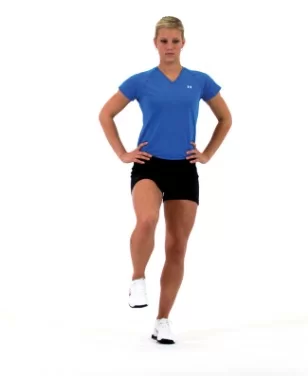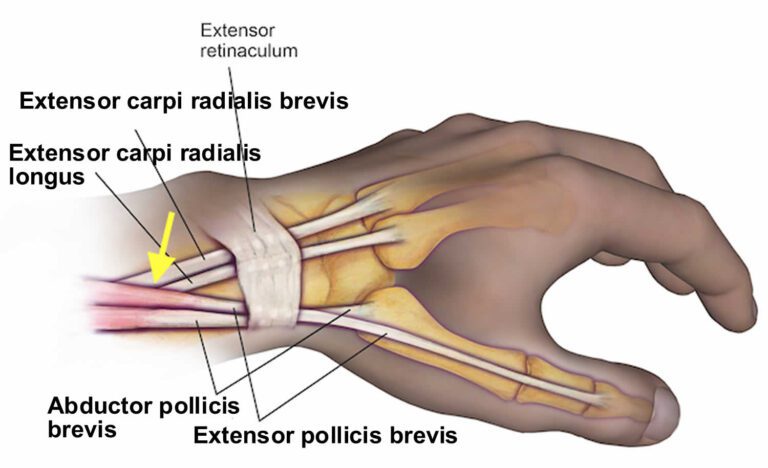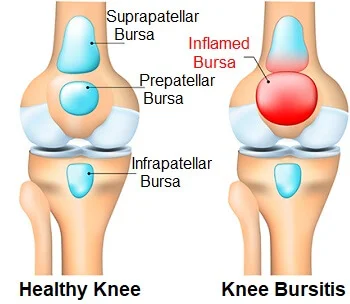Single Leg Stance Test
Table of Contents
What is a Single Leg Stance Test?
The Single Leg Stance Test is a functional assessment used in various fields, including physical therapy, sports medicine, and geriatric care. It is designed to evaluate an individual’s ability to maintain balance and stability while standing on one leg. This test provides valuable information about the person’s proprioception, core strength, lower limb stability, and overall balance control.
During the Single Leg Stance Test, the individual is instructed to stand on one leg while maintaining their balance for as long as possible. They may choose which leg to start with, and the test is typically performed with eyes open first and then repeated with eyes closed to assess the influence of visual input on balance.
This assessment is commonly used to identify deficits in balance and stability, particularly in populations at higher risk of falls, such as older adults or individuals recovering from lower limb injuries. It can also be utilized to monitor progress during rehabilitation or to design targeted balance training programs for athletes.
Purpose
Assessing static postural and balance control is done using the Single Leg Stance (SLS) Test. A common balancing test used in clinical settings to keep tabs on musculoskeletal and neurological problems is the SLS Test.
An imbalance-impairing disorder such as peripheral neuropathy, intermittent claudication, or another disease may be indicated by abnormal readings.
Those who are more likely to fall will have their balance status evaluated using the SLS Test.
Method
Performed with hands on hips, eyes open.
Time starts when the patient stands alone on one leg; it ends instantly when the patient’s other foot reaches the ground or when their hands leave their hips.
Individuals who can’t stand for more than five seconds run the danger of suffering a fall injury.
Video of Single Leg Stance Test
Age-Related Normal Values of Single Leg Stance Test
- 18-39 years old with eyes open: 43 seconds
- 18-39 years old with eyes closed: 9 seconds
- 40-49 years old with eyes open: 40 seconds
- 40-49 years old with eyes closed: 7 seconds
- 50-59 years old with eyes open: 37 seconds
- 50-59 years old with eyes closed: 4.8 seconds
- 60-69 years old with eyes open: 26.9 seconds
- 60-69 years old with eyes closed: 2.8 seconds
- 70-79 years old with eyes open: 18.3 seconds
- 70-79 years old with eyes closed: 2 seconds
- 80-99 years old with eyes open: 5.6 seconds
- 80-99 years old with eyes closed: 1 second
Clinical Importance
Standing in unsupported balance, the ability to regulate anticipatory postural adjustments (APAs) prior to elevating one leg, constitutes a complicated motor effort that is greatly hampered by:
- Multiple sclerosis, Parkinson’s disease, Alzheimer’s disease, and dementia are examples of neurological diseases
- Stroke
- Traumatic brain injury
- geriatric population in general
- Knee osteoarthritis (OA), one of the most prevalent chronic health disorders, is a lower extremity pathology that mostly affects elderly people and is linked with considerable damage and disability.
Limitations
Due to the little amount of data, the single-leg stance test normative values are minimal.
Summary
The Single Leg Stance Test is relatively simple to administer and requires minimal equipment, making it a convenient tool for healthcare professionals to include in their evaluations. However, it’s essential to interpret the results in conjunction with other clinical assessments to gain a comprehensive understanding of an individual’s balance abilities and potential areas of improvement.




